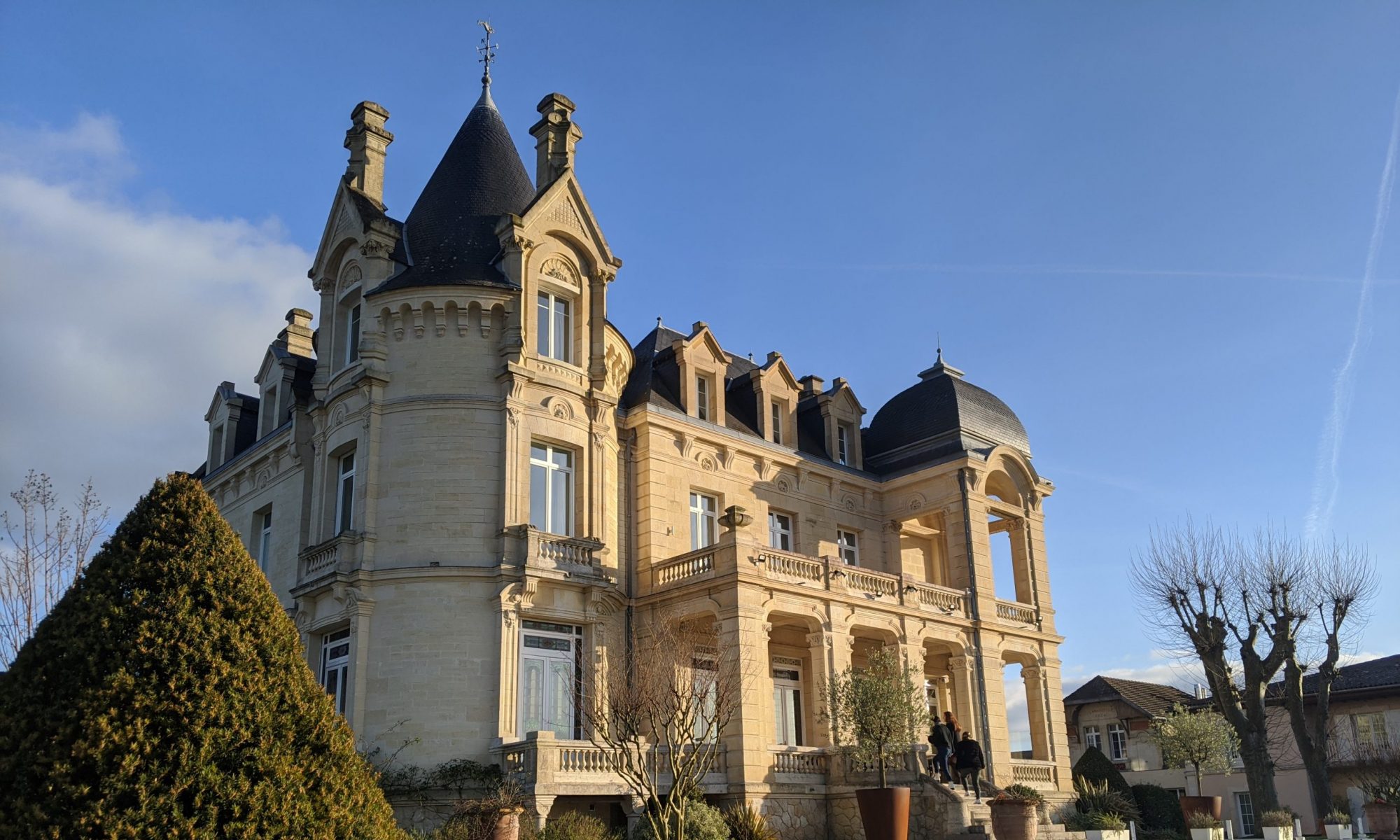I went on vacation last week, so this is an update on various French activities here and there.
This morning I listened to a couple of episodes of the Français Authentique podcast: Faire chou blanc and Je ne progresse plus en français. Que faire? (can’t find a link). They are slow and simple, but not too simple. Decent mindless content while walking, good for reinforcement.
Yesterday I took the placement exam for my 2-week course in August with ILA (Institut Linguistique Adenet) in Montpellier. The school is in Montpellier, but I will be in my living room doing the course by video conference. Traveling to France in summer 2021 was too daunting for post-pandemic me. The test had 100 questions, multiple choice, with an “I don’t know” option for each one. The instructions exhorted me not to guess, for my own benefit, as it’s a diagnostic instrument. Most of the questions were about grammar, 10 or 15 were about oral comprehension, and a handful were about vocabulary. I’d say 60 or 70 felt automatic, another 10-20 required deliberate application of a rule I knew, and the rest were either unknown to me or involved a forgotten entry in a rarely used part of the conjugation table of an irregular verb.
Speaking of Montpellier, one of the other guests at the inn where we was staying was a French woman who had lived all her life in Montpellier before coming to the US some 10 years ago. Had a nice conversation with her. She runs a library-based French conversation group in Pittsburgh.

On vacation I finished the next 1931 Maigret novel, Le chien jaune. It started fairly vaguely, with scattered episodes only loosely connected, and making barely an impression on Maigret. Eventually it all came together to a satisfactory, if not gripping, resolution.

I read a short play, Un pas après l’autre, which appeared in L’avant scène théâtre, numéro 1493, December 2020. Somehow it was only published in July, though it reached me in June? Whatever. Two middle aged sisters with funny rapport, a failing haute-couture shop, a son recovering from PTSD after time in prison for a homicide he was convicted of while a juvenile, which he insists he didn’t commit, a fashion designer intern, a contest for newcomers to the field. Good dialogue, nice character development, then the play ends suddenly with not much story or dénouement. Pity, I liked the set up.

Finally, I had my regular weekly French lesson yesterday with Nora. A lot of it was my relating the story of witnessing a car accident during our vacation, and of various parties’ assisting the driver. Vocabulary words or expressions that came up:
pluvieuse, pluvieux, le brouillard, s’allonger, un ruisseau, renverser, un fuyard, le dénivelé, accroché, fixé, un virage, faire un tonneau, ça nous a pris, elle s’est précipitée, elle s’est ruée, elle s’est hâtée, à portée de voix, à portée de vue, je suis retourné à ma voiture, j’ai repris ma voiture, le caissier/la caissière, les secours, il a eu l’air de, une trousse de premiers secours, il enchaînait, il tremblait, saigner, une hémorragie, un rapport, informer, civière, civet, il réussissait à marcher, un coussin gonflable, bousillé, nous n’étions pas pressés, nous n’avions pas de presse, on s’est mis d’accord, du travail dans le vide, découler.
I think that’s it. All done with vacation, back to ordinary life. Probably less French activity.



























